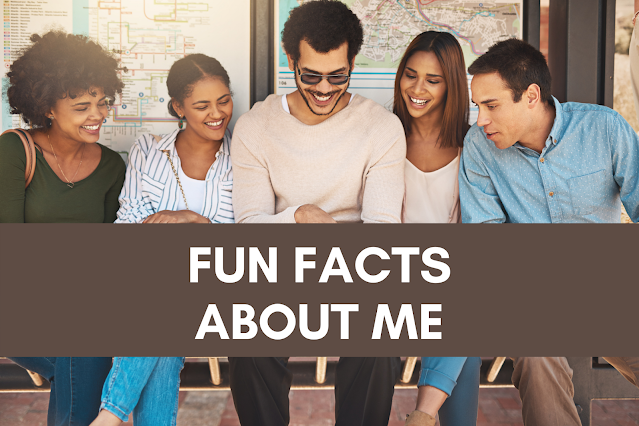What does "High Concept" mean?
We were discussing "High Concept" or "Commercial Appeal" at the office yesterday and realized this is something that trips up many authors and agents. So here are my very random thoughts on the subject.
What is High Concept?
First, let me say what it's not:
High Concept has five elements:
 |
| Source: Creative Commons |
First, let me say what it's not:
- It's not your whole book.
- Not inherently lowest common denominator plot (like a literary or think piece plot).
- Not just a movie pitch (Stranger Things: ET meets Aliens and every other 80s movie).
- Not another term for gimmicky.
High Concept has five elements:
- broad appeal,
- ooh factor,
- originality,
- standout setting, and
- illuminates a universal human truth.
 |
| Source: MemeMaker |
- The premise has broad appeal which I know is kind of vague since appeal is really subjective but the concept should be distinct, easily parsed with a clear premise that is immediately intriguing and taps into a wide range of readers' interest.
A great example today was Kami Garcia's upcoming YA pitched as Fast and the Furious meets Romeo and Juliet. You know from that high concept pitch to expect a high octane adventure with suped-up cars and star-crossed lovers in rival gangs/groups. - It has an "Ooh Factor" built in. Or as Corvisiero Literary Agency, Jr. Literary Agent Cate Hart put it, "where originality meets familiarity." For example: Truthwitch by Susan Dennard – what’s original – a world of magic; what's familiar is the twisting of the Tristan and Isolde tale and the Arthurian Legend.
This IT factor can be delivered in the execution or the premise – a story we know retold with a unique structure, a twist on a trope, mash-up of two genres. Think about what catches your eye in a flap copy or new TV show (again Stranger Things – the familiar of Spielberg and King, yet a new take on the classic “pre-teen friendship plus horror sci-fi" trope.) But the mash-up or trope needs to be one with wide appeal. If your mash-up is too unique or your trope is too niched, it loses its commercial appeal because not many readers may know the trope or pieces you're mashing up to go, "oooh, I can't wait to read that!" - Originality and Familiarity - What are the stakes? Why should we care about the protagonist's plight? The reader should engage with the main character immediately and feel like the stakes are as high for them as it is for the main character. In The Neverending Story, Bastian is immediately immersed in this world where Atreyu's plight is tied to his own.
Look at your stories, what are the stakes for your main character? Are they high enough to make you breathless with anticipating their next move? Will readers feel like they want to stick with your character all the way through to the end of the story and come out of it feeling like Bilbo returning from his great adventure? A little crispy, a little heartbroken and still exhilarated by the experience. - A standout setting that's still familiar enough for the reader to connect and engage (there's that word again) in. Think the Red Queen where it’s set in this distant future, but still a familiar world, or kind of like the Shannara Chronicles – 4000 years in future and man has evolved into elves and ogres, trolls, etc. Harry Potter where the muggle world is just one part of this greater wizarding world we get to explore.
- A Story That Illuminates Universal Human Truth. Your concept needs to be more than the book. It should challenge expectations, provide insight by illuminating a universal truth. It has to be about something that's bigger than the book (Hunger Games, a book about children killing children.)
I hope this post is helpful when you're working on your next projects or polishing up your current WIPs for mass market appeal. The examples listed are primarily for YA and MG but they really apply to all fiction genres and age-groups.



Comments
Post a Comment